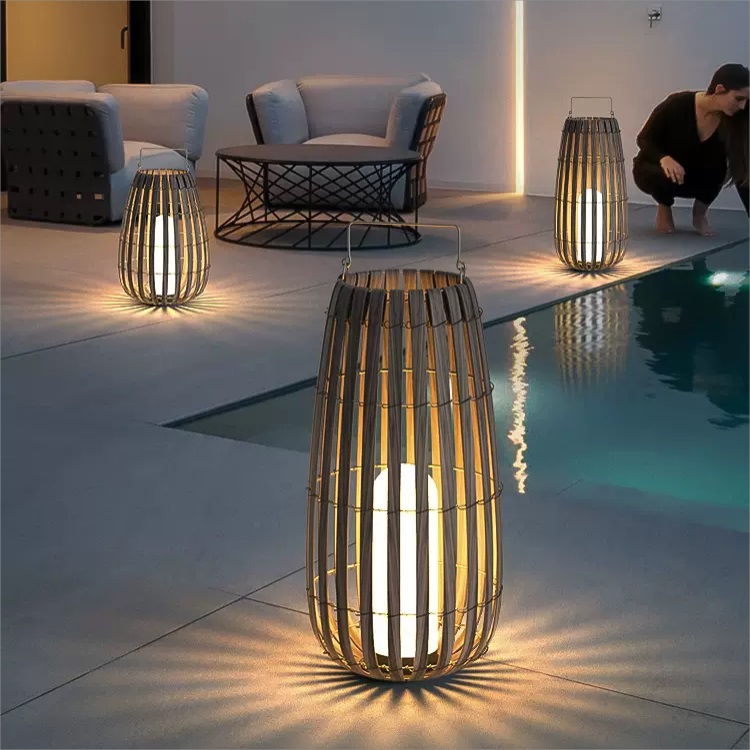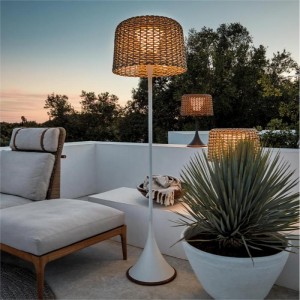In recent years, LED light sources have been widely used in various fields. Whether it is home lighting, commercial lighting or outdoor decoration, LED lamps have quickly occupied the market with their many advantages. However, despite the many advantages of LED light sources, they also have some disadvantages that cannot be ignored. The following is a list of them for you one by one.

Advantages of LED Light Sources
1. High Energy Efficiency: LED light sources are known for their high energy efficiency. Compared with traditional incandescent lamps, LED lamps are about 80-90% more energy efficient. This means that at the same brightness, LED lamps consume less electricity, which significantly reduces electricity bills. In addition, LED lamps have high energy conversion efficiency, and most of the energy is converted into light rather than heat.
2. Long life: The service life of LED lamps is much longer than that of traditional lamps. Generally speaking, the life of LED lamps can reach 25,000 to 50,000 hours, or even longer. This is several times the life of incandescent and fluorescent lamps. Long life means less replacement frequency and maintenance costs, especially suitable for places that require long-term continuous lighting.
3. Environmental protection: LED light sources do not contain harmful substances such as mercury and are environmentally friendly. In addition, the high energy efficiency and long life of LED lamps mean less resource consumption and waste generation, thereby reducing the impact on the environment. There is no ultraviolet and infrared light in the spectrum of LED lamps, which will not cause harm to human eyes and skin.
4. Instant start: LED lamps can reach maximum brightness instantly after power-on without the need for warm-up time. This is especially important in occasions where frequent switching is required. In addition, frequent switching of LED lamps will not have a significant impact on their service life, which is an important advantage in some applications.
5. Dimmability and color temperature selection: Modern LED lamps have good dimmability and can adjust brightness and color temperature according to needs. This makes LED lamps have good applicability in different scenarios. For example, in home lighting, the lighting atmosphere can be adjusted according to different times and activities. In addition, LED lamps can provide a variety of color temperature options, from warm white light to cold white light, to meet the needs of different occasions.
If You Are in Business, You May Like
Disadvantages of LED light sources
1. High initial cost: Although LED lamps can save a lot of energy and maintenance costs during use, their initial purchase cost is high. High-quality LED lamps are usually more expensive than traditional lamps, which may discourage some consumers from purchasing them for the first time. However, with the advancement of technology and the popularity of the market, the price of LED lamps is gradually decreasing.
2. Light decay problem: LED lamps will experience light decay during long-term use, that is, the brightness gradually decreases. This is due to the gradual aging of LED chips and driver power after long-term work. Although the light decay rate is slower than traditional lamps, it is still necessary to pay attention to the quality and brand of LED lamps and choose reliable products to delay the light decay problem.
3. Heat dissipation problem: LED lamps generate heat when working. If the heat dissipation design is poor, it may affect the performance and life of the LED chip. To solve this problem, many high-quality LED lamps use advanced heat dissipation technology and materials, but this also increases the complexity and cost of the product. Therefore, consumers should pay attention to their heat dissipation design and quality when choosing LED lamps.
4. Color consistency: Although LED lamps can provide a variety of color temperature options, different batches of LED lamps may have color consistency issues, that is, lamps with the same color temperature have slight differences in actual lighting effects. This may have an impact on some occasions that require high color consistency, such as exhibition halls and studios. Therefore, it is particularly important to choose reputable brands and products with consistent batches.
5. Electromagnetic interference: The driving circuit of LED lamps may generate electromagnetic interference, which may affect surrounding electronic equipment. Although this problem can be solved by improving the driving circuit design and adding shielding measures, it is still necessary to pay attention to the potential problems it may cause, especially in occasions that require a stable electromagnetic environment.
LED light sources have become the mainstream choice in the modern lighting market due to their many advantages such as high energy efficiency, long life, and environmental protection. However, their disadvantages such as high initial cost, light decay and heat dissipation problems, and electromagnetic interference also need to be paid attention to. When choosing LED lamps, consumers should consider their advantages and disadvantages comprehensively and choose suitable products according to actual needs to achieve the best lighting effect and cost-effectiveness.
By understanding the advantages and disadvantages of LED light sources, consumers can make better informed purchasing decisions, give full play to the advantages of LED lamps, and bring more convenience and comfort to life and work.
Post time: Aug-03-2024









